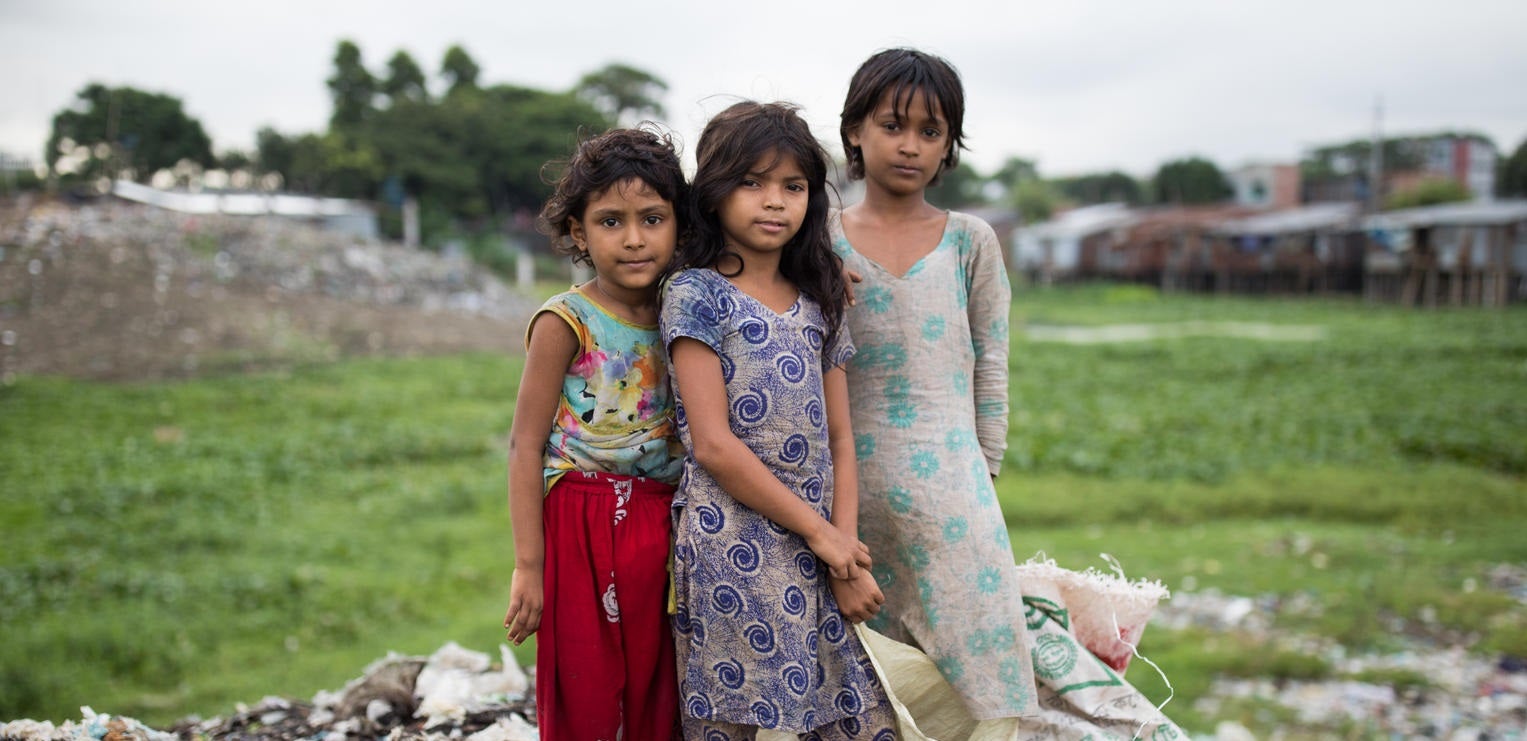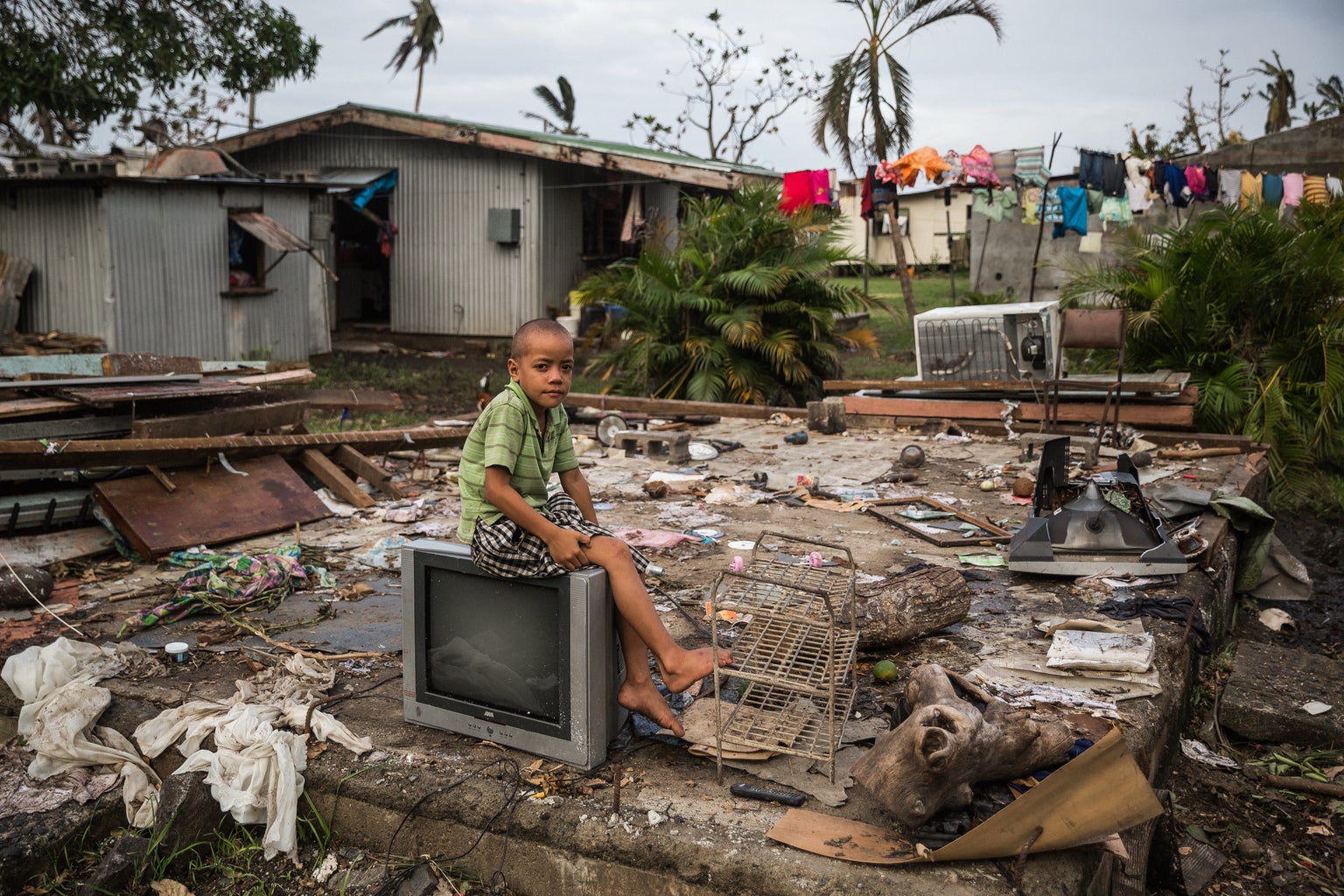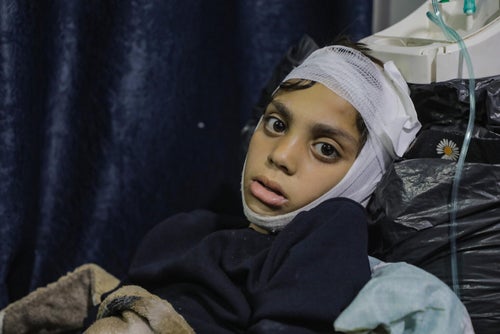Today, twice as many people are affected by conflict, disaster and other humanitarian crises compared to a decade ago - including 250 million children living in areas affected by conflict and over half a billion in high flood risk areas.
Already this year, conflict and extreme weather have left millions of children at risk: forced out of school and away from their homes, exposed to extreme hunger, violence, disease and abuse. Take a look through some of the most pressing humanitarian emergencies so far in 2016.
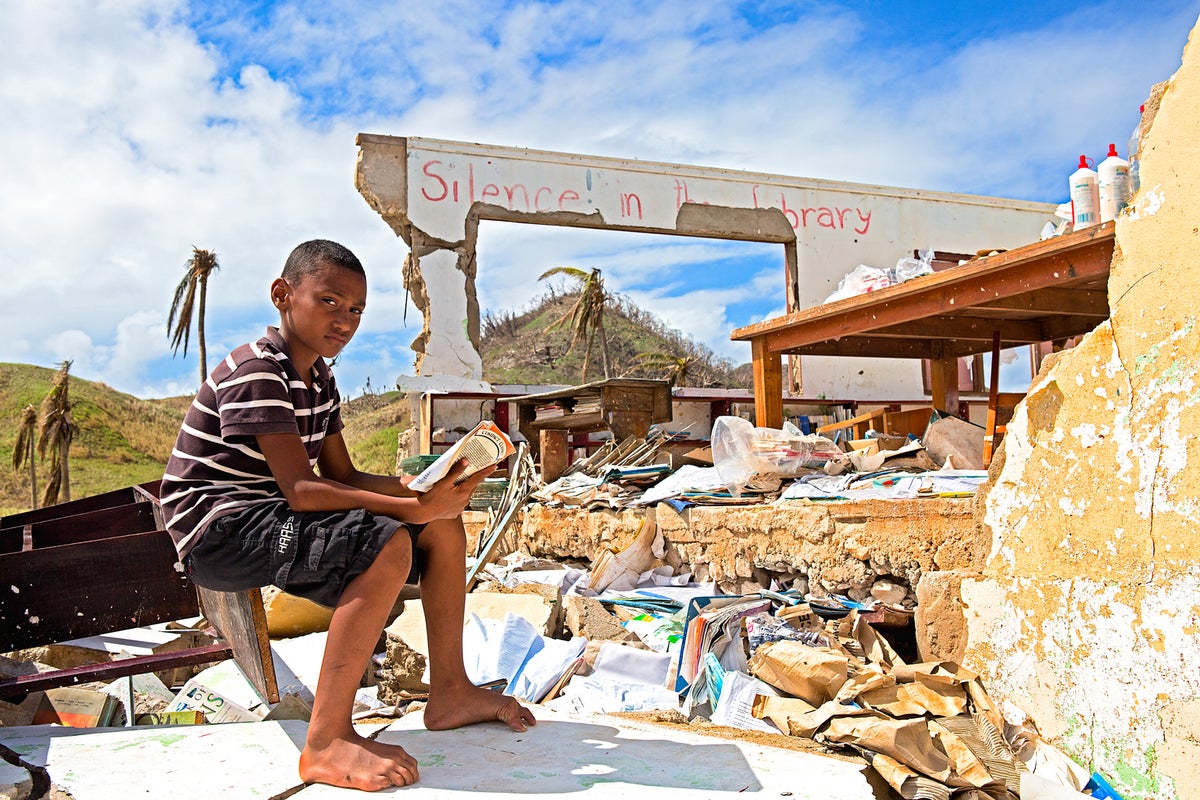
Natural disasters
In February, Fiji was hit with the strongest storm in its history. Cyclone Winston wiped out homes, hospital, schools and entire villages - leaving thousands of children at risk of disease and malnutrition. As communities began to rebuild, strong flooding and the threat of another cyclone further limited their recovery.
April saw Japan hit by two earthquakes and Ecuador rocked by its worst earthquake in decades. Towns near the quake’s epicentre saw up to 60 per cent of houses destroyed. A month later, water systems and health centres remain damaged, risking the lives of a hundred babies who are born in the worst-hit provinces every day.

Since the 7.8 earthquake struck Ecuador on 16 April, approximately 849 aftershocks have been felt, including six with a magnitude greater than 6.0. Every time the ground begins to shake, children have to relive the profound stress of that first terrifying quake.
In East and Southern Africa, a historic El Niño weather event is intensifying the region’s worst drought in decades. Failed rains and soaring temperatures are wreaking havoc on children's lives and the situation is only set to get worse. In Ethiopia alone, humanitarian needs have more than tripled in the last year, leaving six million children at risk from hunger, disease and lack of water.
Already this year, flooding, heat waves and landslides have cost lives across Sri Lanka, China, Pakistan and India. Unless we act now, extreme weather events could intensify as a result of climate change. For the millions of children living in areas worst affected by drought, flooding, earthquakes and storms - climate change impacts threaten both immediate survival and futures. UNICEF helps governments plan for disaster response, educate communities on how to prepare and respond to disasters and is among the first on the ground when emergency strikes. Help us be there for children in crisis as soon as they need us by giving to those who need it most.
War and violence
In 2016, we reached a devastating milestone: five years of conflict in Syria. And in its fifth year, the Syrian crisis is now the deadliest conflict of our time. More than eight million children inside Syria and in neighbouring countries are in need of assistance. Thousands of children have been deliberately attacked as targets of war. In besieged towns across the country, basic rights like food and water are being used as weapons against civilians.
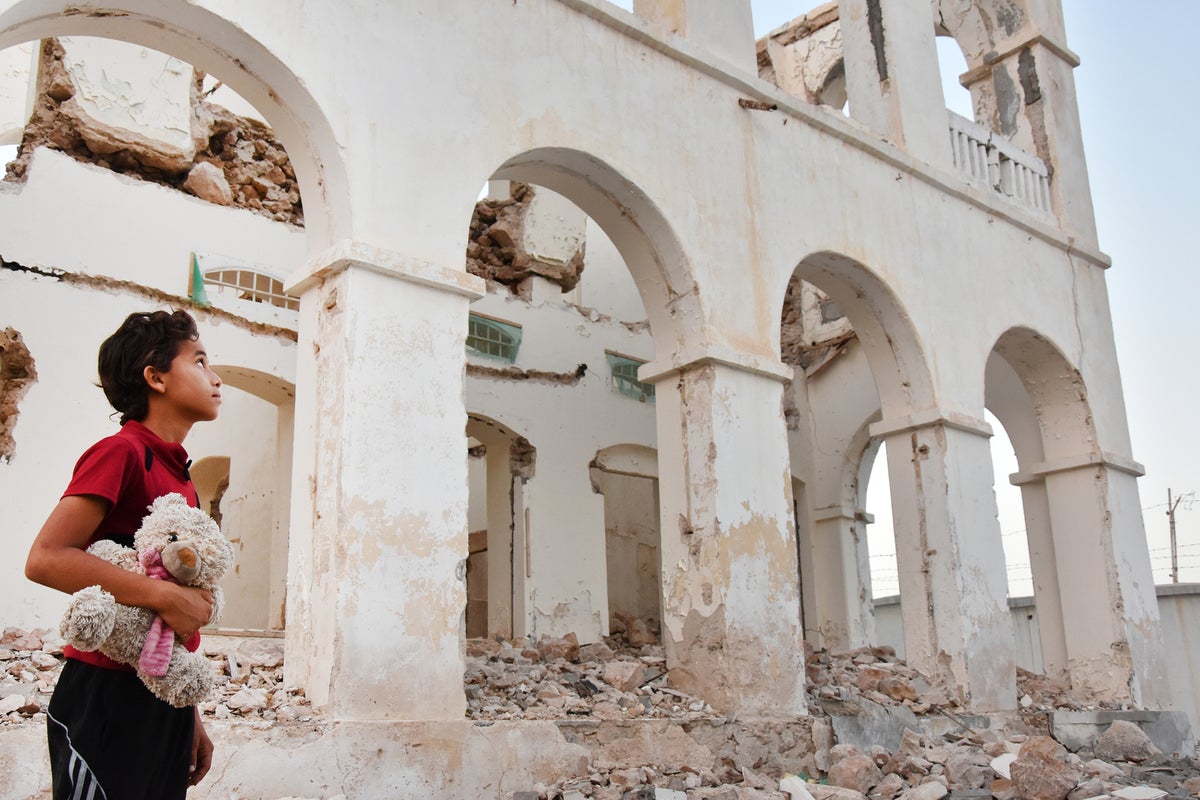
In neighbouring Iraq, as many as 11 million require humanitarian assistance after hostilities erupted in January 2014. Millions are displaced within Iraq, and refugees from regional conflict have placed an enormous strain on local communities. 70% of refugee children in Iraq have now missed at least one year of school. Nearby Yemen is at the point of collapse after a year of conflict that has seen an average of six children killed or injured every day in 2015.
In Africa, some of the world’s deadliest conflicts are silently escalating. Two years after the world erupted in support of 270 abducted schoolgirls, conflict in Nigeria and the Lake Chad region burns on. Millions have witnessed severe violence, fled their homes and had families torn apart in what could become one of the most under-reported and underfunded humanitarian efforts of our time. Conflict in South Sudan continues, leaving 400,000 children out of school and at least 13,000 in armed groups.

Today, around one in nine of the world’s children lives in a conflict zone. And as more and more homes and basic services are destroyed, the number of people forced from their homes continues to grow. Europe alone received more than one million refugees and migrants in 2015 as people travelled over land and water, risking everything in the hope of a safe place to live.
Children make up nearly half of the world’s displaced people and more than half of all refugees. Torn apart from their communities and even their families, these children are vulnerable to trafficking, abuse and exploitation. With a generous donation, you can help protect children whose lives are in the hands of wars they did not begin. Please donate today.
Be there for children in crisis
UNICEF responds to 250 emergencies every year. When disaster strikes, our teams act quickly to deliver life-saving food, clean water, medicines and psychological support to children and families. In emergencies, UNICEF can:
- Deliver essential supplies to prevent malnutrition and illness. In Afghanistan, we have provided children and women with nutrition and safe water, and cared for children who had been separated from their families.
- Help new mothers give birth safely and protect their newborns. In Ukraine, we’ve given health professionals midwifery kits to ensure safe deliveries for 13,500 babies.
- Protect children from deadly disease outbreaks. In Burundi, we’ve reached some 160,000 people with information to keep them safe from deadly outbreaks of cholera.
- Supply life-saving clean, safe water to children in crisis. UNICEF has helped almost 3 million people in Yemen access clean drinking water.
- Keep children in school and safe from violence. In Iraq, we’ve set up temporary learning spaces, ensuring more than 200,000 children who are out of school continue to receive an education.
- Provide psychosocial support for traumatised children and families. In Nigeria, we’ve provided psychosocial support to more than 42,000 children, helping them cope with the distressing effects of the conflict.
UNICEF leads in times of emergency. When conflict and extreme weather force children into danger, you can make sure no child is forgotten. Please give to where the need is greatest today. All donations of $2 or more are tax deductible.
By donating today, you’ll help children in crisis through UNICEF Australia’s directly supported programs in countries like Ethiopia, Zimbabwe, Papua New Guinea and Myanmar.
Give nowRelated articles
Stay up-to-date on UNICEF's work in Australia and around the world


